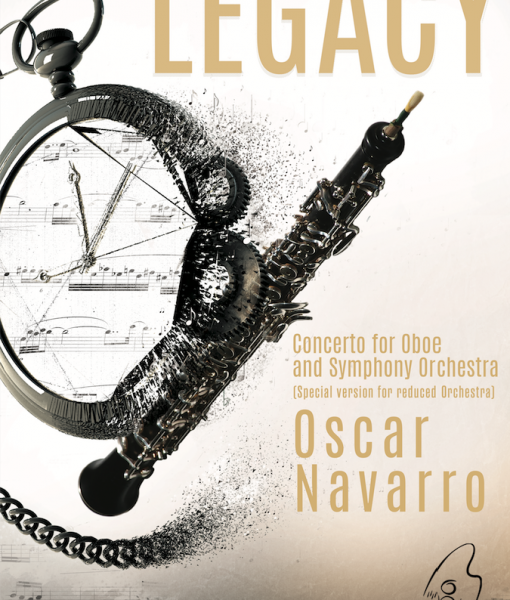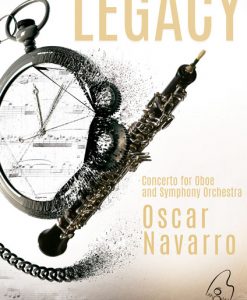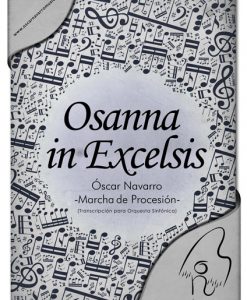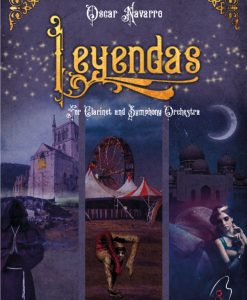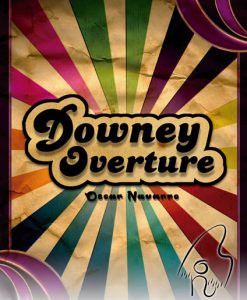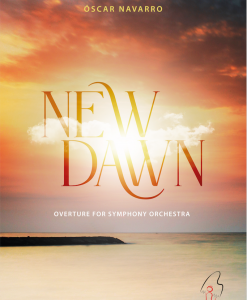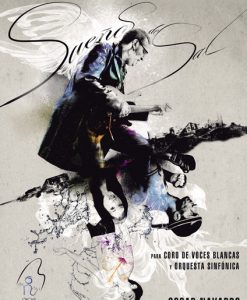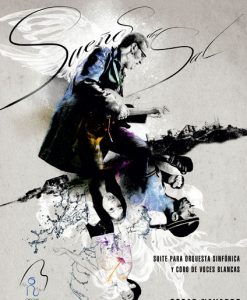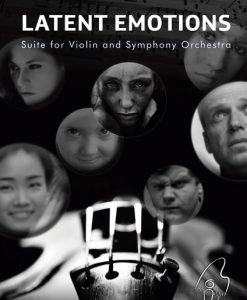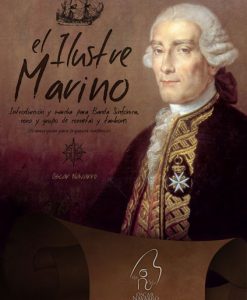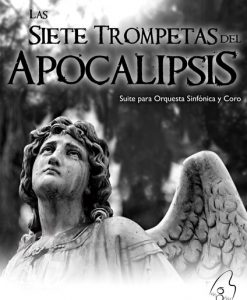Symphony Orchestra/Soloist and Symphony Orchestra
LEGACY – Concerto for Oboe and Symphony Orchestra (Special version for reduced Orchestra)
SPECIAL VERSION FOR REDUCED ORCHESTRA
COMPLETE SET(CONDUCTOR SCORE+PARTS) Ask for rental price INSTRUMENTATION
For Ramón Ortega
“LEGACY”
Concerto for Oboe and Symphony Orchestra
(Special version for reduced Orchestra)
The passage of time is something we cannot stop. We can remember moments from the past, enjoy the present and imagine the future. Along life’s path we leave indelible marks; on places, on people and there are the moments in life that leave their marks on us…
The oboe is a faithful instrument that has survived the passage of time from antiquity and to which many composers have dedicated their most profound inspiration since time long passed. In the history of music great works have been dedicated to this instrument and over time they continue to be a part of our lives.
With this concerto, I wish to leave my mark or legacy, looking to the past, the present and the future, which is symbolized in a large part of the work with a hidden “tick-tock” of a clock. This “tick-tock” transports us through various time periods of our history.
We begin in the times of antiquity, at the beginning symbolized by melodic lines with an improvised quality, mysterious, ethereal, with a slight ethnic touch. Later, after having again heard the hidden “tick-tock” of the clock and a reminder of the improvised lines in the beginning of the concerto, we transition or jump to a period in which spanish nationalist music takes the lead. A period represented by a gypsy song led by the oboe and accompanied by an energetic heel stamping (generated through the percussion section) transports us to a Spain profoundly charged with emotion in which the oboe functions as the gypsy singer who leads a section inundated with feeling, passion and frenzied abandon.
After this glance at our spanish roots, a new section is born with brushstrokes that remind us of the opening of the work and that transport us now to a romantic period involving great melodic lines, passion and emotion in its purest state. The oboe initiates this new section with a simple, intimate, reserved main melody which, little by little becomes more ornate, becoming charged with emotion and power as we proceed through time until we reach the climax offered the by the entire orchestra in which feelings overflow and reach their purest state, fading in an infinite pianissimo that is interrupted by another jump in time to the present day. This last section, which is fresh and rhythmic, takes us to today’s music with a cinematographic style and color with suggestive orchestral colors. The section is full of life in which we can symbolically appreciate the livelier “tick-tock” of the clock; stubborn and ever present in this last section of the work, particularly in the playful cellos and basses.
Finally, I couldn’t conclude this work without a glance at the quintessential period for the oboe, the Baroque. A cadence dedicated to the great period of musical history that left so very many works for the oboe and which I could not let go unacknowledged. After this wink to the Baroque and a grand epic orchestral cadence, a speeding, chaotic clock drags us to a lively, speeding finale in which the oboe exploits all its technical possibilities to the end, where our clock reveals the end of our travels.
Oscar Navarro
| Difficulty | 6 |
|---|---|
| Duration | 21' |



